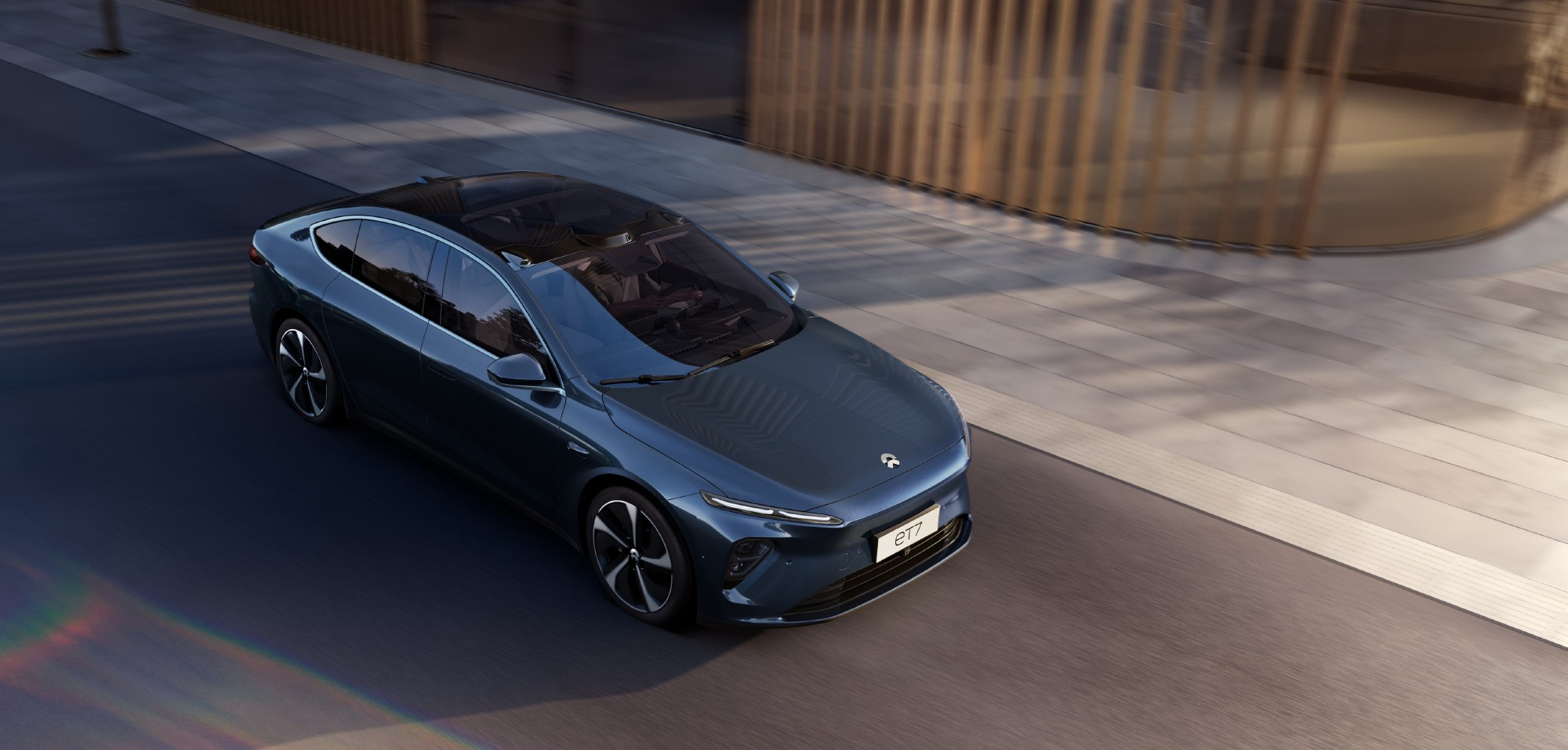Technical Capability of NIO
Author: Zhu Yulong
There is a question on Zhihu about whether NIO has a core technology, and it is controversial to some extent because the advertising of NIO focuses more on brand and service. Previously, Li Bin said: “More than half of the money spent on losses at NIO over the years has been used in self-developed technology. Even so, we have never stopped investing in research and development.” Many people actually do not believe it. However, it is interesting to note that when sorting out the electronic and electrical architecture of NIO’s car, it is found that the direction of NIO’s self-research on the first-generation model is mainly focused on the development and production of the three-electric system and core components, with the main direction of work being the development of inverters, BMS software and the design of switchable batteries. In the second-generation model, NIO has developed an automatic-assisted driving controller, and has also done software work on the cabin.
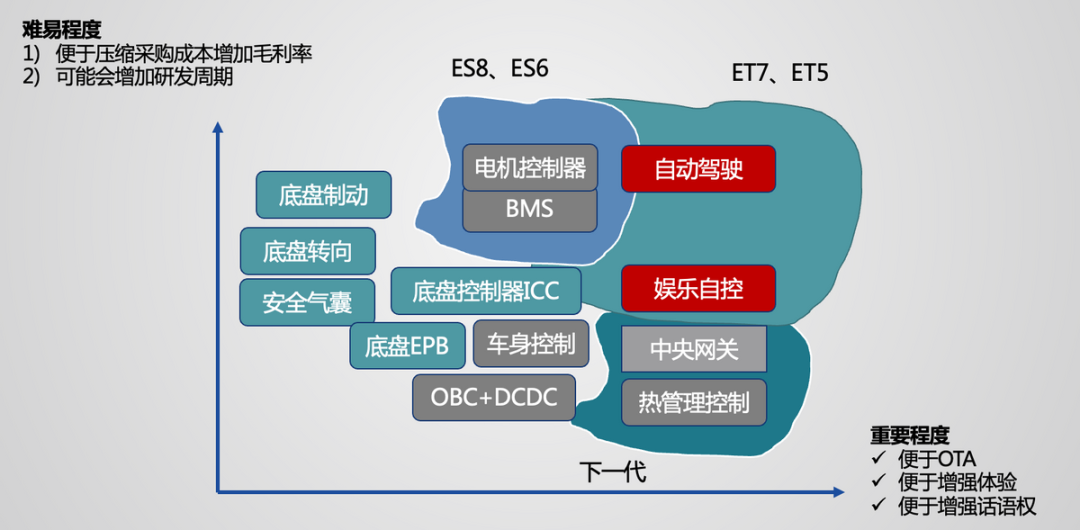
There is an interesting aspect: NIO has developed a full-stack self-developed suspension control system for chassis electronics and has equipped it with a full-stack self-developed intelligent chassis domain controller ICC. What is this?
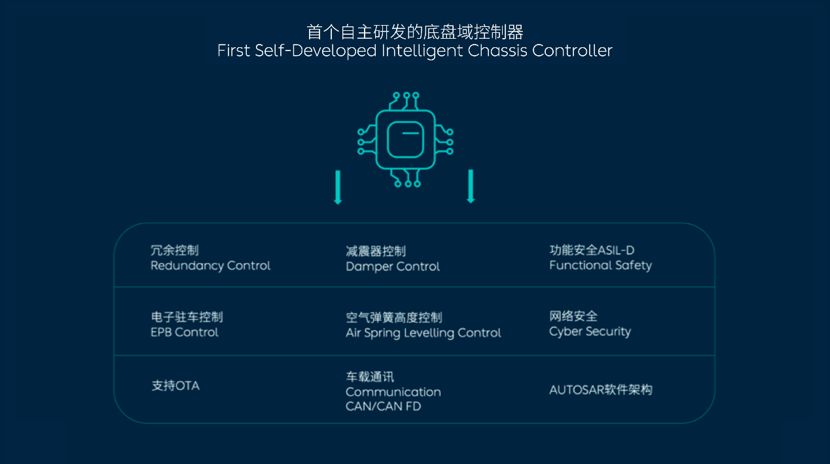
Reflection on the Revolution of Electronic and Electrical Architecture
The main change in intelligent cars is the innovation of electronics and software. The whole vehicle electronic and electrical architecture is a set of integration methods defined by car companies, which is a combination that integrates various sensors, ECU controllers, wire harness topologies, and electronic and electrical distribution systems to achieve the configuration and function of the entire vehicle, as well as the functions of vehicle operation, power, and energy distribution. In the past few decades, the electronic architecture of cars has developed into a highly complex network with 70 or more electronic control units as the number of functions on cars has increased. Similar to stacking bricks, the traditional design method of automotive electronics is based on the traditional concept of “one ECU controller for each function”, and continuous addition has resulted in a very cumbersome electronic and electrical architecture of the entire car, and has reached its limit. The next step in development is to develop a core control brain for smart cars, which is a processor with supercomputing power and is the “brain” of smart cars. Then, through a whole new electronic and electrical architecture, similar to a “neural network” and “vascular system” that can quickly transmit information, the control and driving of all electronics and sensors is achieved. This is the core idea of the new architecture of automotive electronics that everyone recognizes.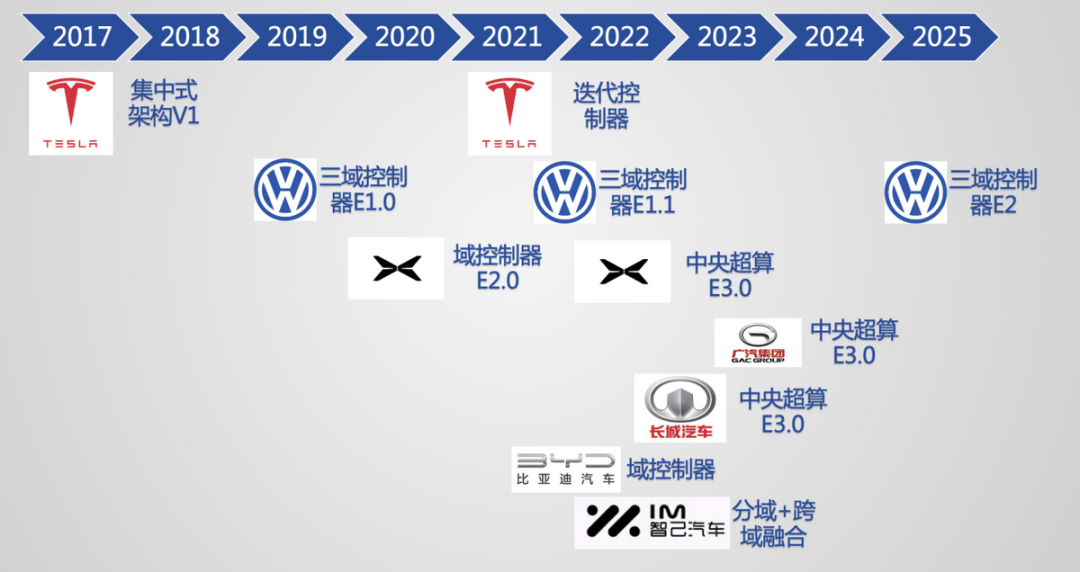
There are different transition modes here, from domain control to cross-domain control. In fact, each car company wants to reconstruct different functions, which represents a long cycle of rewriting, testing, and verification of software. For consumers, they not only want to see the actual performance of smart cars, but also care more about the overall delivery quality, product maturity, and reliability. In actual operation, different car companies have different considerations, placing emphasis on technology, quality, and brand genes.
NIO’s suspension control system is the logic of a domain controller in the entire system, starting from a detail of the suspension system. NIO’s suspension system is the entry point for domestic car companies to start developing independent suspension control systems, expanding performance tuning bandwidth and software integration. Also, it considers the development of the intelligent chassis domain controller ICC. This is also the starting point for domestic car companies to enter the self-developed smart chassis domain controller race, which integrates redundant parking, air suspension, shock absorber control functions, and can comprehensively design and adjust the comfort and maneuverability of the chassis. It supports high-level automatic driving scenes after cross-domain fusion, FOTA upgrades, and more flexible iteration.
Chassis control is mainly divided into braking, steering, and comfort configurations. Relevant electronic technologies in this regard have always been owned by foreign related component manufacturers. Shock absorbers, air suspensions, EPB and other parts may come from third-party partners, and customized tuning needs must be made from the corresponding partners while considering the development cycle of the chassis ecosystem. The traditional way of developing complex chassis functions is for different suppliers to develop different controllers independently. In addition to formulating system requirements based on the supplier’s existing platform software interface, joint debugging must also be specially formulated to match the development rhythm of different suppliers.
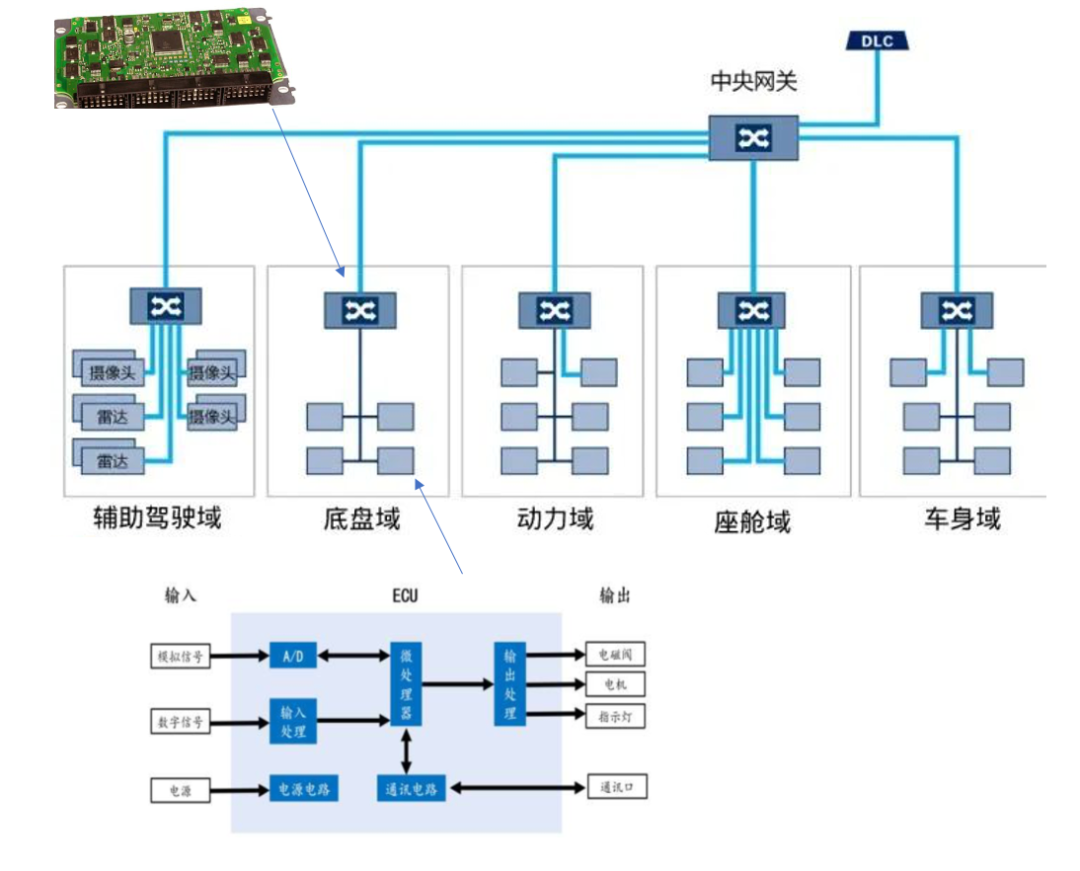
NIO expands a comfortable control system into a concept of chassis control “domain”. The intelligent chassis domain controller ICC can uniformly adjust functionalities such as controlling air spring height, shock absorber damping, and electronic parking.From a comfort perspective, the Controlled Damping Suspension (CDC) dynamically changes damping on each shock absorber based on varying electric currents to provide an optimal damping setting through software decoupling between 1.8A (minimum damping) and 0A (maximum damping) using real-time road conditions collected from the car’s signal and sensor interchange. By detecting the car’s status through sensor signals, the controller determines optimal command parameters to adjust spring stiffness and shock absorber damping states according to algorithms or control strategies in order to maintain an optimized damping state, with quick response time and a wide damping force bandwidth range which is infinitely adjustable. This provides an ultra-smooth experience for the vehicle.
With the advanced Intelligent Chassis Domain Controller (ICC) system and fine-tuning of key components such as tires, semi-active air suspension and steering system, four driving modes, namely Sport+, Sport, Comfort, and Eco, are available to address Chinese road conditions and driving habits, each with different damping control programs.
What truly provides value, however, is the chassis control in autonomous driving scenarios. In order to satisfy the demands of Level 4 automated driving scenarios, the chassis electronic system needs to provide a platform for self-driving, cabin, and power systems. Therefore, the chassis is designed for AD (Auto Drive).
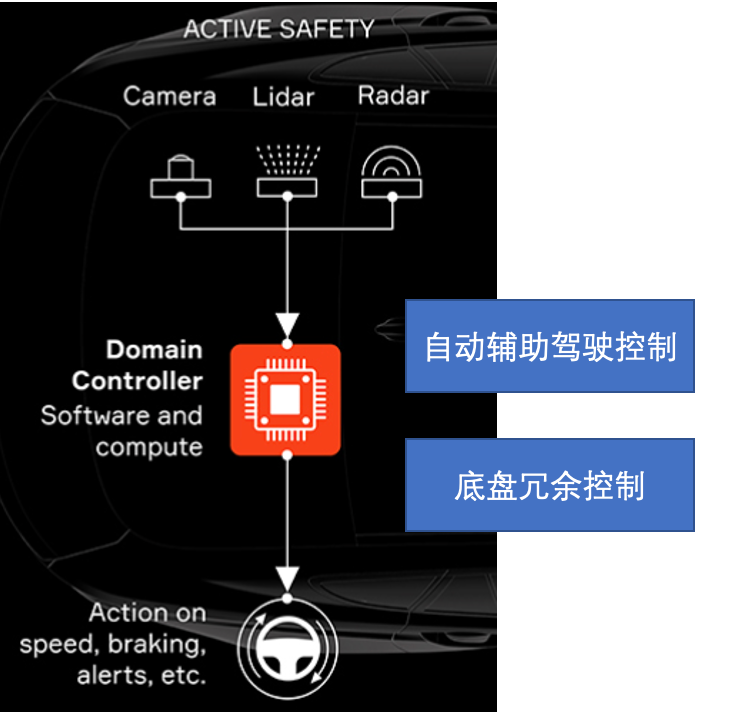
In self-driving scenarios, integrated control of the four-wheel drive, brake-by-wire, and adjustable suspension through intelligent fusion control can improve vehicle dynamics and fitness performance. In high-speed scenarios, negative torque generated by the motor can be used as a backup braking force or to provide slight directional control by applying different braking forces to the left and right sides. Through the use of cameras, LIDAR, high-precision maps, and big data supported by cloud servers, road surface roughness can be pre-emptively controlled for a more comfortable ride.
In the era of intelligent vehicles, the rapid iteration of vehicle development is led by car companies who constantly adjust component functions and optimize systems with algorithms and data, while ensuring safety as a top priority. With powerful SoC (system-on-chip) chips, car companies have progressed quickly. It’s important for auto companies to create and manage strong teams with specialized skills in hardware and software development.Summary: NIO’s attempt in the intelligent chassis segment is of great exploratory significance. I believe that developing a truly intelligent car in-house is harder to comprehend than ever before.
This article is a translation by ChatGPT of a Chinese report from 42HOW. If you have any questions about it, please email bd@42how.com.
